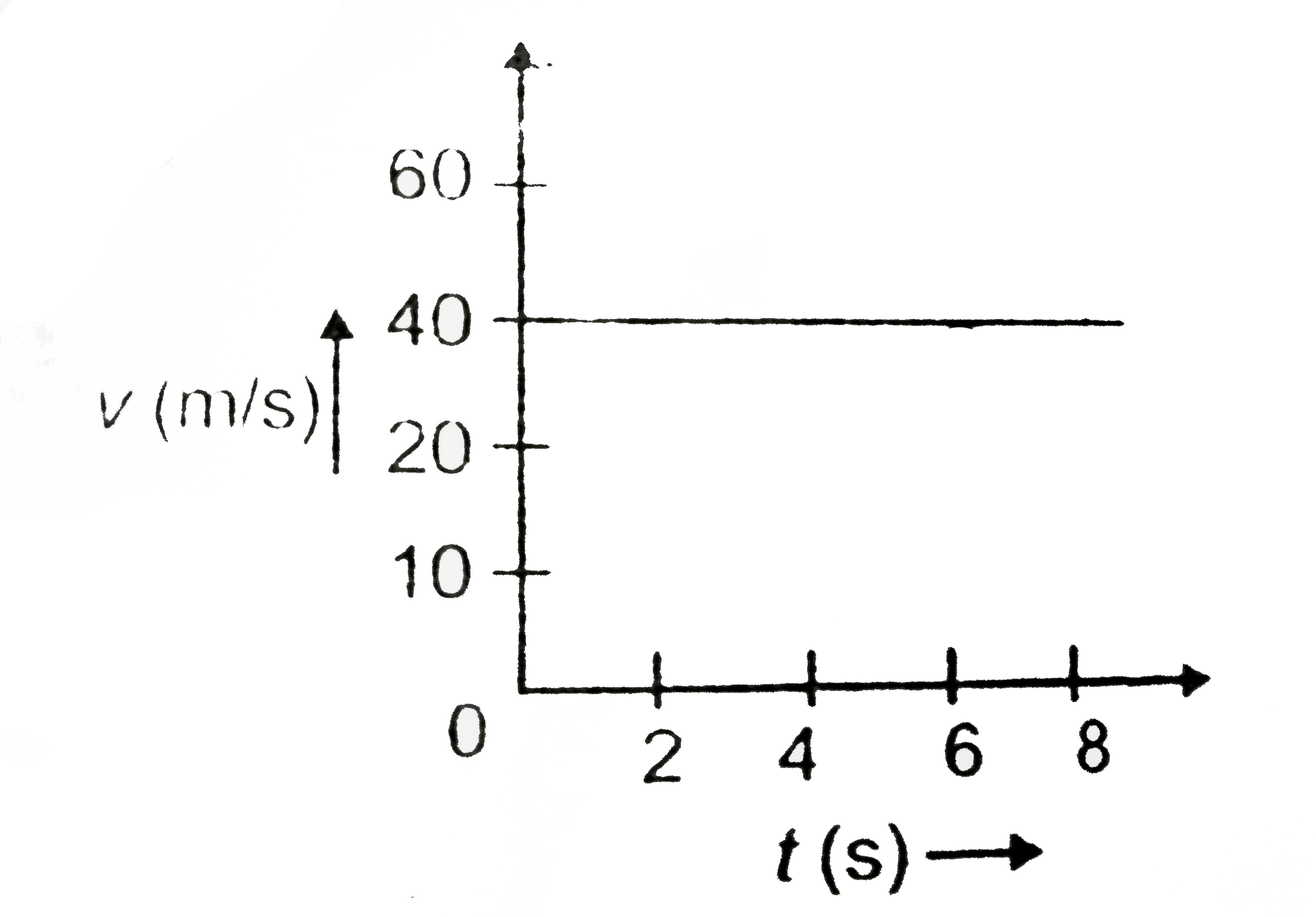Assertion : An object may fall with a constant velocity.
Reason : This happens when acceleration of the object is equal to acceleration due to gravity.
Both assertion and reason are true and reason is the correct explanation of assertion.
Both assertion and reason are true but reason is not the correct explanations of assertion.
Assertion is true but reason is false.
Both assertion and reason is false
The correct Answer is:(c )
To solve the question, we need to analyze both the assertion and the reason provided.
1. Understanding the Assertion:
- The assertion states that "An object may fall with a constant velocity." This is indeed true. An object can fall with a constant velocity when it reaches a state known as terminal velocity. At terminal velocity, the forces acting on the object are balanced.
2. Understanding Terminal Velocity:
- When an object falls through a fluid (like air), it experiences two main forces: the gravitational force (weight) acting downward and the drag force acting upward. As the object accelerates downward, the drag force increases until it equals the weight of the object. At this point, the net force is zero, and the object falls at a constant velocity.
3. Understanding the Reason:
- The reason states that "This happens when the acceleration of the object is equal to the acceleration due to gravity." This statement is misleading. For an object to fall with a constant velocity, its acceleration must be zero, not equal to the acceleration due to gravity (which is approximately 9.81 m/s² downward).
4. Conclusion:
- Therefore, the assertion is true (an object can fall with constant velocity), but the reason is false (the condition for constant velocity is zero acceleration, not equal to the acceleration due to gravity).
5. Final Answer:
- The correct option is: Assertion is true, but the reason is false.
- The assertion states that "An object may fall with a constant velocity." This is indeed true. An object can fall with a constant velocity when it reaches a state known as terminal velocity. At terminal velocity, the forces acting on the object are balanced.
- When an object falls through a fluid (like air), it experiences two main forces: the gravitational force (weight) acting downward and the drag force acting upward. As the object accelerates downward, the drag force increases until it equals the weight of the object. At this point, the net force is zero, and the object falls at a constant velocity.
- The reason states that "This happens when the acceleration of the object is equal to the acceleration due to gravity." This statement is misleading. For an object to fall with a constant velocity, its acceleration must be zero, not equal to the acceleration due to gravity (which is approximately 9.81 m/s² downward).
- Therefore, the assertion is true (an object can fall with constant velocity), but the reason is false (the condition for constant velocity is zero acceleration, not equal to the acceleration due to gravity).
- The correct option is: Assertion is true, but the reason is false.
Topper's Solved these Questions
- MOTION IN A STRAIGHT LINEBOOK - NCERT FINGERTPS ENGLISHCHAPTER - MOTION IN A STRAIGHT LINEEXERCISE - Higher Order Thinking Skills
10 Videos
- MOTION IN A STRAIGHT LINEBOOK - NCERT FINGERTPS ENGLISHCHAPTER - MOTION IN A STRAIGHT LINEEXERCISE - NCERT Exemplar
6 Videos
- MOTION IN A STRAIGHT LINEBOOK - NCERT FINGERTPS ENGLISHCHAPTER - MOTION IN A STRAIGHT LINEEXERCISE - NCERT EXEMPLAR PROBLEMS
6 Videos
- MOTION IN A PLANE BOOK - NCERT FINGERTPS ENGLISHCHAPTER - MOTION IN A PLANE EXERCISE - Assertion And Reason
15 Videos
- OSCILLATIONS BOOK - NCERT FINGERTPS ENGLISHCHAPTER - OSCILLATIONS EXERCISE - Assertion And Reason
15 Videos
Similar Questions
Knowledge Check
Assertion : For a free falling object, the next external force is just the weight of the object .
Reason : In this case the downward acceleration of the object is equal to the acceleration due to gravity.AIf both assertion and reason are true and reason is the correct explanation of assertionBIf both assertion and reason are truebut reason is not the correct explanation of assertionCIf assertion is true but reason is falseDIf both assertion and reason are false.The acceleration due to gravity on the moon is
A(16)th that of the earthBsame that of the earthC(13)rd that of the earthD(15)th that of the earth
Acceleration due to gravity is maximum at
View SolutionAcceleration due to gravity is minimum at
View SolutionThe velocity-time graph of an object is shown below. The acceleration of the object is

View SolutionAssertion : In the case of free fall of the lift, the man will feel weightlessness.
Reason : In free fall, acceleration of lift is equal to acceleration due to gravity.
View SolutionAssertion: An object can have constant speed but variable velocity.
Reason: Speed is a scalar but velocity is a vector quantity.
View SolutionAssertion : An object may have varying speed without having varying velocity.
Reason : If the velocity is zero at an instant, the acceleration may not be zero at that instant.
View Solution
